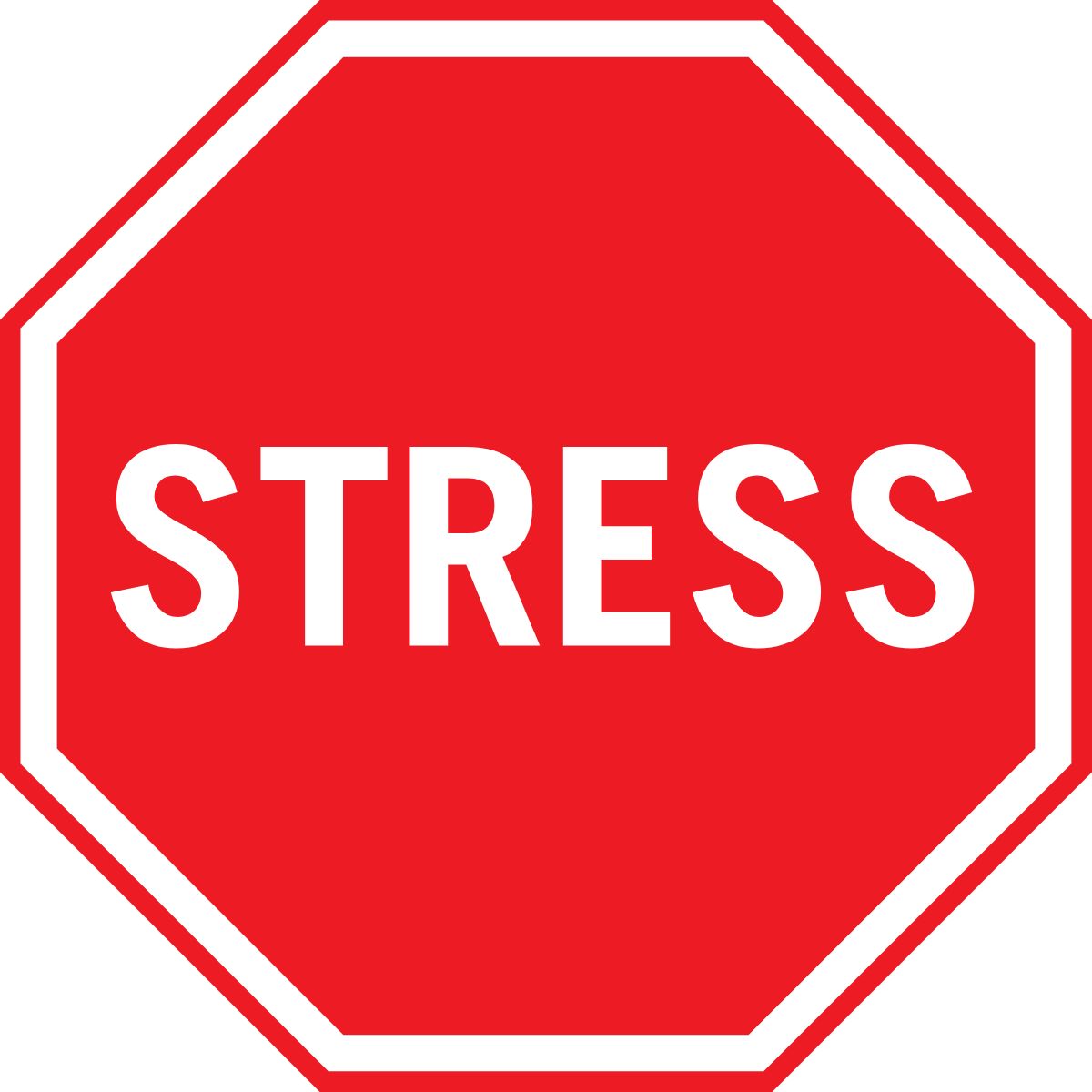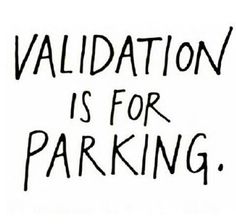Like so many other people, I used to start my day with a clear plan of action thinking it will keep the overwhelm and chaos away. But, at the end of the day, I would end my day feeling like I’d not gotten a damn thing done.
It took many years of trying and failing at various time management approaches, productivity hacks, and habit building methods to realize that my problem was not having a clear definition of what “doing enough” actually means to me.
Productivity Anxiety: The Overwhelming Dilemma
Many of you also start your day with a clear plan of action. You grab a cup of coffee and settle in to your desk to check your email, respond to a voicemail, and then you get started on your “real” work.
Then, a colleague approaches you, seeking your input on a totally unrelated matter.
What should have been a minor interruption throws you off, and you spend hours hopping from one task to another. Before you know it, the close of the work day is minutes away and you wonder where all of your time went.
This is referred to as the hidden cost of chaos.
Lacking structure or a clear system, you waste time on indecision, task-switching, and inefficient workflows. As a result, you find yourself in a demotivating cycle that drains your energy and gets in the way of progress.
In this moment, many of us naturally begin to dig into our time management skills. After all, the crux of time management is that we’ll be more efficient and focused. Where this fails many of us is that we end up increasing our overwhelm with time management tools because our newfound efficiency math tells us we should be able to increase the volume of work.
We don’t account for interruptions, our brain having a day where it doesn’t want to cooperate, or for any of the random things life throws at you on any given day.
It’s What We Think Productivity Is That’s The Problem
So many people equate productivity with success. They want to do more in less time, are always on the look-out for time-saving apps, and devour self-help books, looking for the secret to do more things more efficiently. Inevitably, many people find themselves overwhelmed and confused.
There is a such a thing as an “productivity paradox.” It’s the contradiction you battle when you’re trying to find the right level of productivity. If you’re too ambitious, you can feel overwhelmed and anxious, worrying how you’ll get everything done. But, if you’re not ambitious enough, you can be underwhelmed and anxious, worried that you aren’t living up to your potential.
Then you try to balance this with a society or a professional environment that prioritizes work and ties your output to your self-worth.
Productivity anxiety makes you fear that you’re never doing enough. No matter how many hours you put in or how much work you get done, you never feel satisfied with your output or achievements because there is always more to do.
Here’s the reality: there’s always going to be another email to answer.
Here’s the answer: you need to define what “enough” means to you.
The Role Structure Plays in Taming Chaos
For many of us, there aren’t strict guidelines about what needs to be done in a day. Sure, there are deliverables and project deadlines. But many people’s workdays are really open-ended days of collaboration, communication, and context-switching.
This is where chaos and overwhelm opportunistically creep in.
You go from meeting to meeting, respond to email after email – but there is no clear definition of what it means to do “enough” on any given day or any given job.
So, many people end their day with the feeling that they haven’t done enough.
This is opposite of the way you and I grew up. We spent the first 18 to 25 or so years of our lives in school. School work focused on the quality of your work. You had to prove that you could learn and analyze specific information in a set amount of time. School days had a clear beginning and end, classes had clearly defined learning goals, everything you learned led to a pre-determined and predictable outcome, and a grading scale told you if you were doing enough or needed to put in more effort.
When you entered the working world, not only did your focus change from quality to quantity, but the very definition of what makes someone “productive” became far more ambiguous. The work you’re asked to complete lacks clearly defined steps or a definite outcome.
How to Master Productivity and Tame Chaos
The cure for overwhelm is taking action. Meaningful action. Adopt a daily routine that empowers you to focus on what really matters.
A daily routine is basically built-in boundaries that provide you the necessary structure to keep overwhelm and chaos in check. Completing your daily routine also tells your brain that you have done “enough.”
While your routine may get regularly interrupted by life’s unexpected events, your routine also expects this and has a way to guide you back and refocus you.
You can get started creating this routine and defining what “enough” means by using these four steps:
- Figure out what “enough” really means to you: One of the easiest ways for overwhelm and chaos to creep in is when you haven’t defined what “enough” means from the start. It’s that sweet-spot that allows you to feel accomplished and fulfilled by the work you have done each day. It’s made up of realistic expectations and standards.
- Change the way you think about productivity: Change your understanding of what it means to be productive. Instead of doing all of the things or simply being busy, make sure you are busy doing the right things.
James Clear, author of Atomic Habits, offers the best explanation for this. “We often assume that productivity means getting more things done each day. Wrong. Productivity is getting the important things done consistently.”
Ask yourself:
- What actually needs to get done each day for me to feel a sense of accomplishment and completion?
- What work and/or tasks actually make a difference toward reaching my goals?
- What have I allowed to get in my way that distracts me? How can I create a boundary that prevents this from happening?
- Visually track your progress: Another reason you don’t feel as though you have accomplished “enough” is that you don’t see the progress at the end of the day. Your brain is wired to complete tasks and if those tasks seem like they make ambiguous progress toward a goal, your brain doesn’t see them as meaningful.
When you are working toward a larger goal, or you have a day with a lot of moving parts, it can help your brain process that something has been completed and you have made a difference by giving it a visual cue.
Having a to do list that you keep in front of you or a written/typed defined schedule communicates to your brain that you are getting things done. You will feel more motivated and satisfied at the end of the day if you can look back and see progress toward your most meaningful work.
- Set up support systems that keep you focused and productive: We often set big goals, then expect our initial excitement and commitment to carry us across the finish line.
This rarely happens.
Here’s the funny thing about motivation: we feel like we need to get motivated before we can start working toward a goal. However, motivation actually only shows up after you’ve started.
This is where having a support system – whether it’s human or electronic – that will support you and keep you motivated even when you “don’t feel like it.” This can include things like:
- Time management apps with built-in reminders.
- Regular check-ins with colleagues and mentors.
- A to-do list tracker.
- Motivating paper or electronic calendar that helps you track your daily progress.






